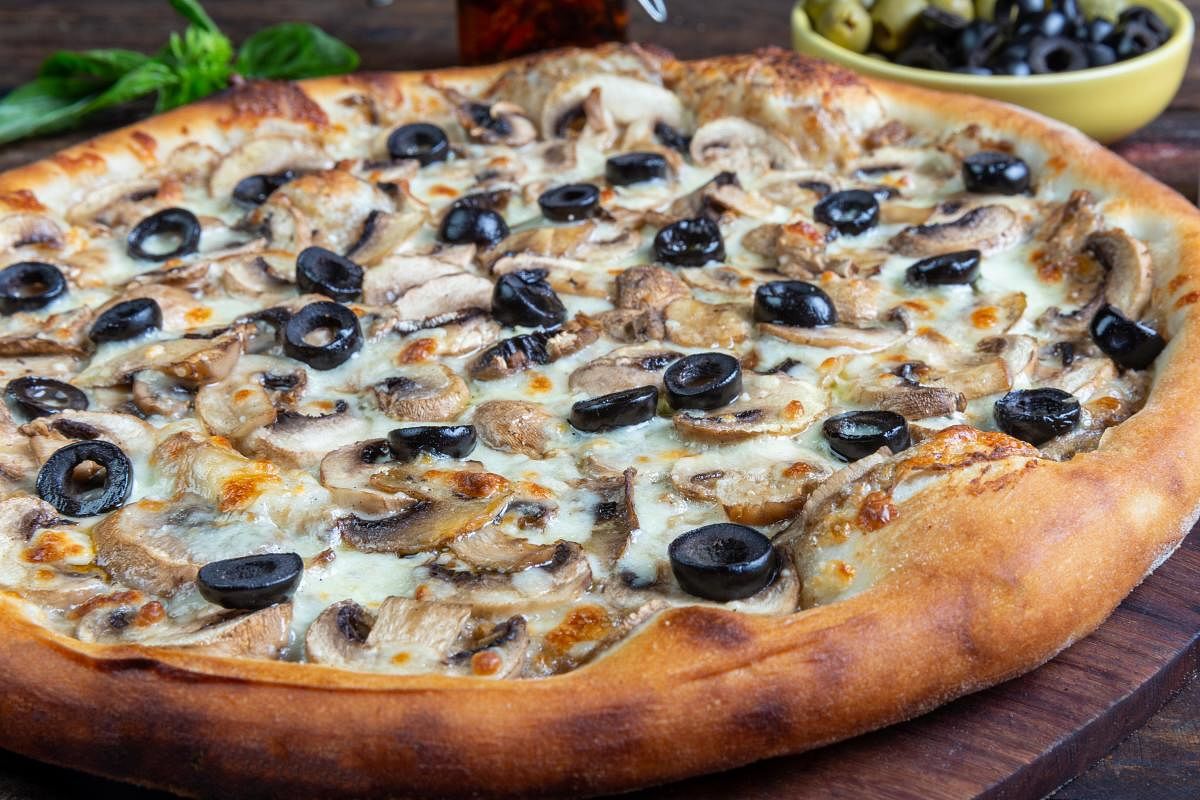
Earlier this year, culinary anthropologist Chef Sabyasachi Gorai partnered with the National Museum to curate one of India’s (and possibly Asia’s) first food pop up based on the culinary culture of the Indus Valley Civilisation, he was surprised by two findings: one, the existence of sattu and its infinite varieties in that era and two, the lavish use of umami in cooking.
“Be it the porridge for breakfast, smoked vegetables or meat preparation that they did for an evening spread (which was the most elaborate in terms of eating) umami was a big part of each. And not as a fifth element that we see it today, but as a key component. Dishes were built to have all the components of taste.”
A complete dish
Concurs oriental specialist Chef Vikas Seth, “Back then, the concept of a complete dish was when it had all the components of taste, which were essential for two reasons — one to aid digestion, which can only be pumped up if the food you are having has taste, and two, to make it memorable so it can become a popular dish that people crave for it. And it is the latter that umami — a flavour profile that is usually defined as savoury or meaty (and wrongly so) does with flawless perfection.”
An example of this is the simple dal, which uses hing to create the aroma and taste that makes it an all-time favourite, followed by the besara, which uses umami in mustard to give the dish its unique appeal. Yet another example of this is the Oaxacan Tortilla Soup, which uses tomato to give it that delightful mouth-feel. But the biggest example of umami’s fine work has been the ketchup. Designed from an Asian fish sauce, the modern-day version that was created by horticulturist James Mease became the single innovation that took the world by storm — and turned the USA into a culinary superpower.
India, an inspiration
Incidentally, says the culinary expert, “the lavish use of umami was also behind Indian culinary supremacy that made many look at the land of food for inspiration, courtesy old text like Charak Samhita and Rasayana that lay greater emphasis on umami because it made administering antidotes through food easy.” Elaborates seasoned Chef Pradeep Tejwani, “Given that most of our foundation food was created for wellness and designed to be had during a seasonal change or when our circadian rhythm needed reconfiguration, it was important to lend the dishes with a certain ‘craving’ factor, which umami did with utmost effectiveness.” This perhaps explains why we look for a certain chutney combination with pakoras during the rainy season. Or why the real magic of a good vada pav is in its garlic chutney, which is full of umami-ness.
Such was the work on umami that it became a determining factor in adopting newer ingredients, says culinary custodian Alka Jena, “whether it was tomatoes, cheese, mushroom, and onions too. The better these performed as a tastemaker (read: umami), the better were the chances of acceptability in the food culinary fabric.”
The differentiator
A case in point is the Odia style tomato khatta, rasam, ghanta, and of course the sambar, which is a slow-cooked umami-packed delicacy. But what is making chefs rediscover umami in their offerings today? Apart from the fact that it is an important element that separates a good dish from a great one, the reason, point out culinary experts, is also health. When you are working with dishes that are umami you are limiting the use of flavourants and keeping the dish more natural, which makes for a healthy dining experience. Plus, the cranked-up flavours ensure you enjoy a meal thoroughly and not overindulge.
What also helps is now chefs are discovering newer ways to harvest umami from produce with techniques and pairing it up rather than using salt from the bottle. A good example is the cheese mushroom pizza and the fresh Turmeric Chicken Saté that everyone’s taken a fancy to. Chef Seth sums it up well, “ This is an era where food is about wellness again.”